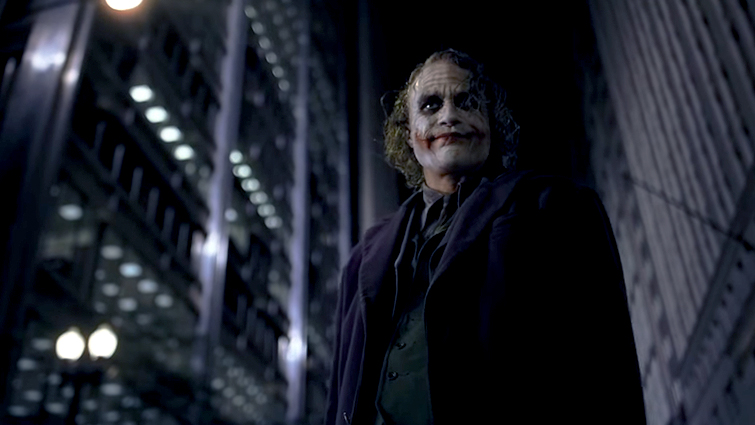Low angle
 This angle is commonly used to make the antagonist look intimidating , scary and much bigger than the antagonist. This and the high angle are binary opposites which fits into Strauss' theory as this opposite angles have completely opposite meanings. This is usually a point of view shot from the person on the floor.
This angle is commonly used to make the antagonist look intimidating , scary and much bigger than the antagonist. This and the high angle are binary opposites which fits into Strauss' theory as this opposite angles have completely opposite meanings. This is usually a point of view shot from the person on the floor.This is used to highlight emotion or highlight the importance of an object, which is very useful in horror as emotions are always running very high. Highlighting emotion in horror is essential as it clearly shows the mood of the scene and can show how characters react to a certain situation.
CCTV
Hand held/shaky cam
This camera angle is used to make it look more realistic as it is the point of view of a camera that is supposed to be there. It is commonly used in horror films as the main characters are filming the events what happened.
This shot can be used to show a character being followed or watched. It can also be used to build suspense as you cannot see what it is going to move towards. It could be used as an establishing shot to set the scene for a big building which is commonly used in horror films.
Tilted/dutch angle
Long shot/extreme long shot
Over the shoulder shot/shot reverse shot
Zoom in/out
I will try to include as many of these camera angles and movements as possible in my trailer as I have seen from research of other trailers that the most effective trailers use a wide variety of camera angles that make it look more professional and effective. I now know which camera angles to use for different parts and what message it is portraying, this is very fundamental in attracting my target audience, as Hitchcock's theory of building of tension explains.
No comments:
Post a Comment